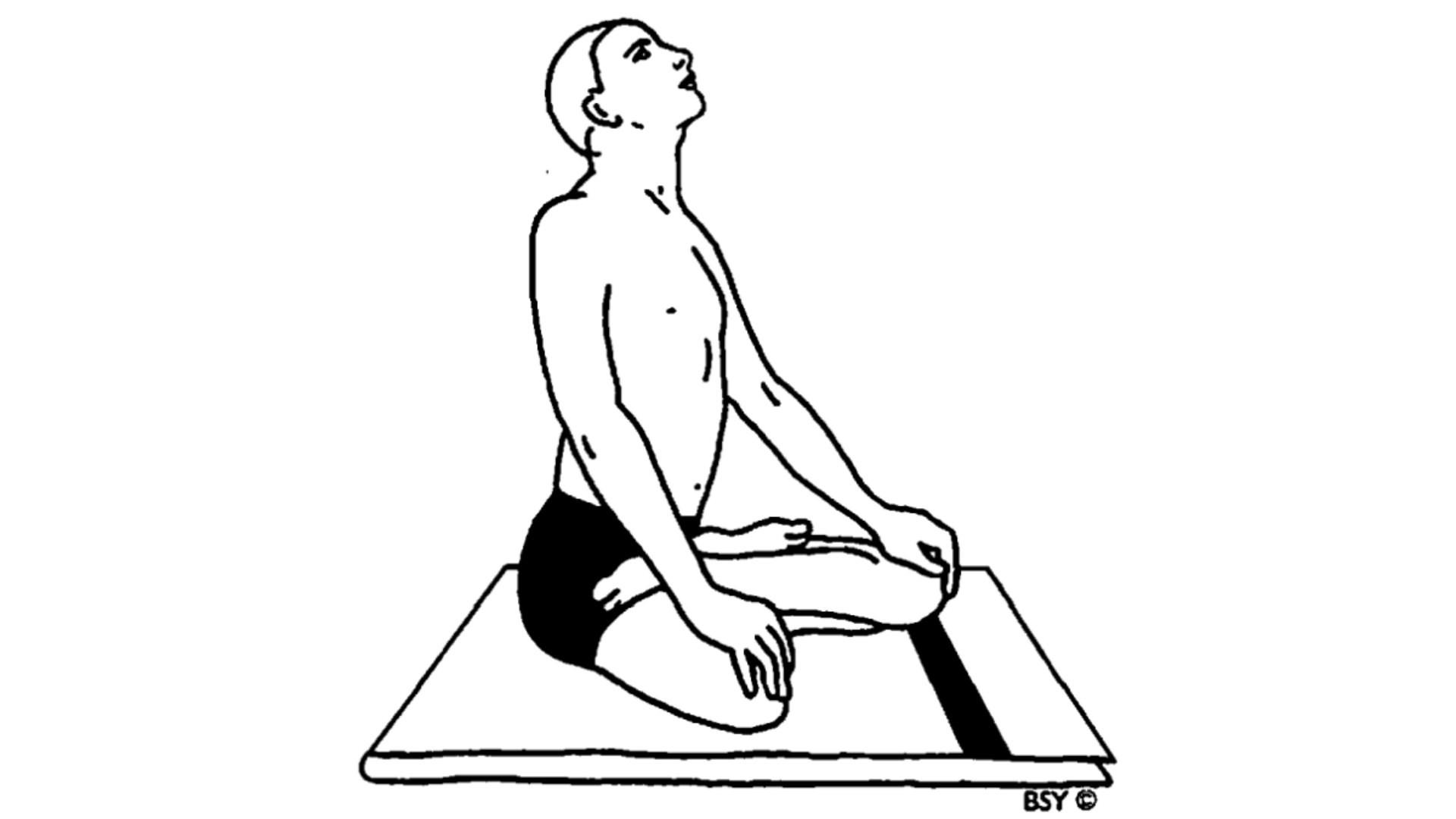
what is moorchha pranayama
Moorchha Pranayama is an advanced yogic breathing technique intended to induce deep relaxation and a tranquil state of mind. The term “Moorchha” is actually derived from the Sanskrit word for “fainting” or “swooning.” In this sense, it does not mean that one actually faints during the process but reaches that sensation of semi-consciousness where the mind becomes really still and quiet, as it is in a state of deep meditation.
How to Do Moorchha Pranayama
Before starting with the Moorchha Pranayama, find yourself a quiet space with no distractions. Also, this kriya should be done only on an empty stomach. As mentioned, the best time to do this would be very early in the morning or in the evening.
Choose a Comfortable Sitting Pose:
Sit in any comfortable sitting asana, such as Padmasana (Lotus Pose) or Sukhasana (Easy Pose).
Keep your spine straight, and shoulders relaxed.
Gently close your eyes and take a few deep breaths to settle into the practice.
Begin with Ujjayi Breath:
Inhale and start by doing Ujjayi breathing, victorious breath, which is basically a slight constriction of the back of your throat. This will give you a gentle whispering sound from both inhalation and exhalation.
Have a nasal inhalation for 4-6 seconds, followed by an exhalation via the nose for equal time.
Chin Lock (Jalandhara Bandha):
Inhale and perform the chin lock by lowering your chin towards your chest. This is done to put a minor quantity of compression on the throat. This is called Jalandhara Bandha.
Retain the breath for a couple of seconds but do not strain.
Focus on Your Third Eye:
Holding your breath, gently withdraw the focus of attention to the point between the eyebrows, often referred to as the “third eye” or Ajna chakra.
Release and Exhale:
Release the chin lock and slowly exhale through your nose.
As you exhale, envision that all of your stress and tension are leaving the body.
Repeat the Process:
Practice for about 5-10 minutes, starting with a few and gradually increasing according to one’s comfort with the practice.
Termination with Normal Breathing:
Sit quietly and then revert to normal breathing for some seconds before opening your eyes.
Benefits of Moorchha Pranayama
Deep Relaxation and Stress Relief
The greatest benefit of Moorchha Pranayama is the soothing effect that it creates in the nervous system. The regular practice will give you a great relaxed feeling, which will help you to reduce your stress and anxiety.
Emotional Balance Improved
Moorchha Pranayama helps in balancing the emotions by promoting a state of mental calmness. It is very useful for those people who easily get overwhelmed by their emotions or find turbulence within their emotional balance.
Improved Concentration and Mental Clarity
Unlike breath retention, it develops the ability to center on the third eye during the practice and sharpens concentration with heightened mental clarity. It is very good for all those who want to improve their ability to concentrate for various purposes, such as work, studies, or personal development.
Boosts the Parasympathetic Nervous System
This pranayama arouses the parasympathetic nervous system-the part of the autonomic nervous system responsible for the body’s “rest and digest” response. This helps lower heart rate, reduces blood pressure levels, and induces a feeling of relaxation and calm.
Pranayama can be done by those who suffer from sleeping disorders. This Pranayama might have a tranquilizing effect on you so that you get sound sleep and wake up fresh with vitality.
Enhanced Self-Awareness
Regular practice of Moorchha Pranayama can bring up and enhance development and awareness in a person. He develops more awareness of what is happening within his looking in – thought/feeling/bodily sensation awareness, hence cultivating more mindfulness in daily life.
It’s here Sheetkari Pranayama How to Do It and what are the Benefits
FAQs
Q1: Is Moorchha Pranayama meant for beginners?
A: It is an advanced breathing technique and hence, one should first practice the basic pranayamas such as Anulom Vilom and Bhramari before trying Moorchha.
Q2: What is the frequency of doing Moorchha Pranayama?
A: Practice it for a few minutes daily and gradually increase the duration. Doing 2-3 times a week is also worth a try, but one should listen to their body and take a cue from there.
Q3: Can I practice Moorchha Pranayama at any time of the day?
A: It’s best practiced early in the morning or in the evening when your stomach is empty. Do not practice immediately after meals.
Q4: What should I do if I feel dizzy during the practice?
A: If you start to feel dizzy or otherwise uncomfortable, stop right away and resume normal breathing. It is important that you do not push yourself beyond what feels comfortable for you.

